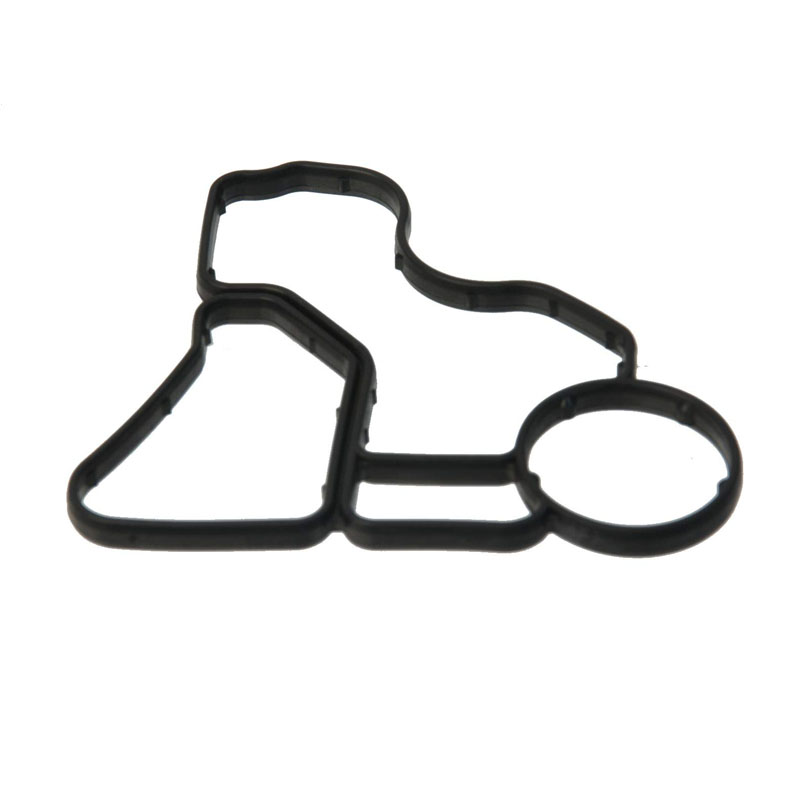Wheel Hub Lubrication Seals for Enhanced Performance and Durability in Automotive Applications
Understanding Wheel Hub Oil Seals Importance and Maintenance
Wheel hub oil seals play a crucial role in the performance and longevity of a vehicle's wheel assembly. These seemingly simple components are essential for maintaining the integrity of the axle and gearbox systems, ensuring that lubricants remain contained while keeping contaminants out. This article explores the function, importance, and maintenance of wheel hub oil seals.
What is a Wheel Hub Oil Seal?
A wheel hub oil seal is a type of seal that fits around the axle shaft and is located at the wheel hub. Its primary function is to keep the gear oil or grease within the hub assembly while preventing dirt, dust, and other debris from entering the system. Typically made from durable materials like rubber or synthetic compounds, these seals are designed to withstand high pressures, temperatures, and the harsh environment in which vehicles operate.
Importance of Wheel Hub Oil Seals
1. Lubrication Retention One of the primary functions of the oil seal is to retain the lubricant within the wheel hub. Proper lubrication is vital for minimizing friction between moving parts, which, in turn, prevents wear and tear and extends the life of the wheel assembly.
2. Protection Against Contaminants Wheel hub oil seals act as a barrier against dirt, water, and other potentially harmful materials. When contaminants penetrate the wheel hub, they can lead to premature wear of bearings and other critical components, resulting in costly repairs and maintenance.
3. Enhanced Performance A properly functioning oil seal contributes to the overall performance of the vehicle. With effective lubrication and protection, the wheel assembly can operate smoothly, ensuring better handling and stability during driving.
4. Safety A failure in the wheel hub oil seal can lead to severe issues such as bearing failure or wheel detachment. This compromise not only jeopardizes vehicle performance but also poses serious safety risks to the driver and others on the road.
Signs of a Failing Wheel Hub Oil Seal
wheel hub oil seal

Monitoring the condition of wheel hub oil seals is essential to maintain vehicle performance. Here are some common signs that may indicate a failing seal
- Oil Leakage One of the most obvious signs of a failing oil seal is the presence of oil leaks around the wheel hub assembly. If you notice pooling oil on the ground where your vehicle is parked or oil on the wheel rim, it may indicate a compromised seal.
- Unusual Noises Worn or damaged oil seals can cause increased friction within the wheel assembly, leading to unusual noises such as grinding or humming sounds while driving.
- Increased Wear If you notice that your wheel bearings or other components are wearing out faster than normal, it could be a sign that the oil seal is not functioning properly, allowing contaminants to enter.
Maintenance and Replacement
Regular inspection and maintenance of wheel hub oil seals are essential for vehicle longevity. When having your vehicle serviced, technicians will often check the condition of these seals as part of routine maintenance. If you suspect that an oil seal may be failing, it's crucial to have it replaced as soon as possible to prevent further damage.
Replacing a wheel hub oil seal can be a complex task, often requiring the expertise of a qualified mechanic. Depending on the make and model of the vehicle, the process may involve removing the wheel, the brake assembly, and other components to access the seal. Proper installation of the new seal is important to ensure a tight fit and long-lasting performance.
Conclusion
Wheel hub oil seals are critical components of a vehicle's wheel assembly, maintaining lubrication, safeguarding against contaminants, and contributing to overall safety and performance. Understanding their importance, recognizing the signs of failure, and ensuring regular maintenance can help vehicle owners prolong the life of their vehicles and drive safely. Remember, taking care of these small yet significant components will yield big benefits in the long run.
-
Understanding the Front Main Engine Seal: Purpose, Maintenance, and Installation
News Jul.29,2025
-
Understanding O-Rings and Seal Rings: Types, Applications, and Custom Solutions
News Jul.29,2025
-
Understanding Crankshaft Oil Seals: Rear Seals, Pulley Seals, and Their Role in Engine Integrity
News Jul.29,2025
-
The Importance of Front and Rear Crankshaft Seals in Engine Performance and Oil Management
News Jul.29,2025
-
Crank Oil Seals: Functions, Types, and Cost Considerations in Engine Maintenance
News Jul.29,2025
-
A Comprehensive Guide to O-Rings and Seals: Types, Materials, and Global Applications
News Jul.29,2025
-
Mastering Diesel and Performance Engine Maintenance: A Guide to Critical Oil Gaskets
News Jul.28,2025
Products categories















